Quilts as Art and Artifact
Two dynamic exhibitions showcase designs that extend far beyond your basic bedspread.
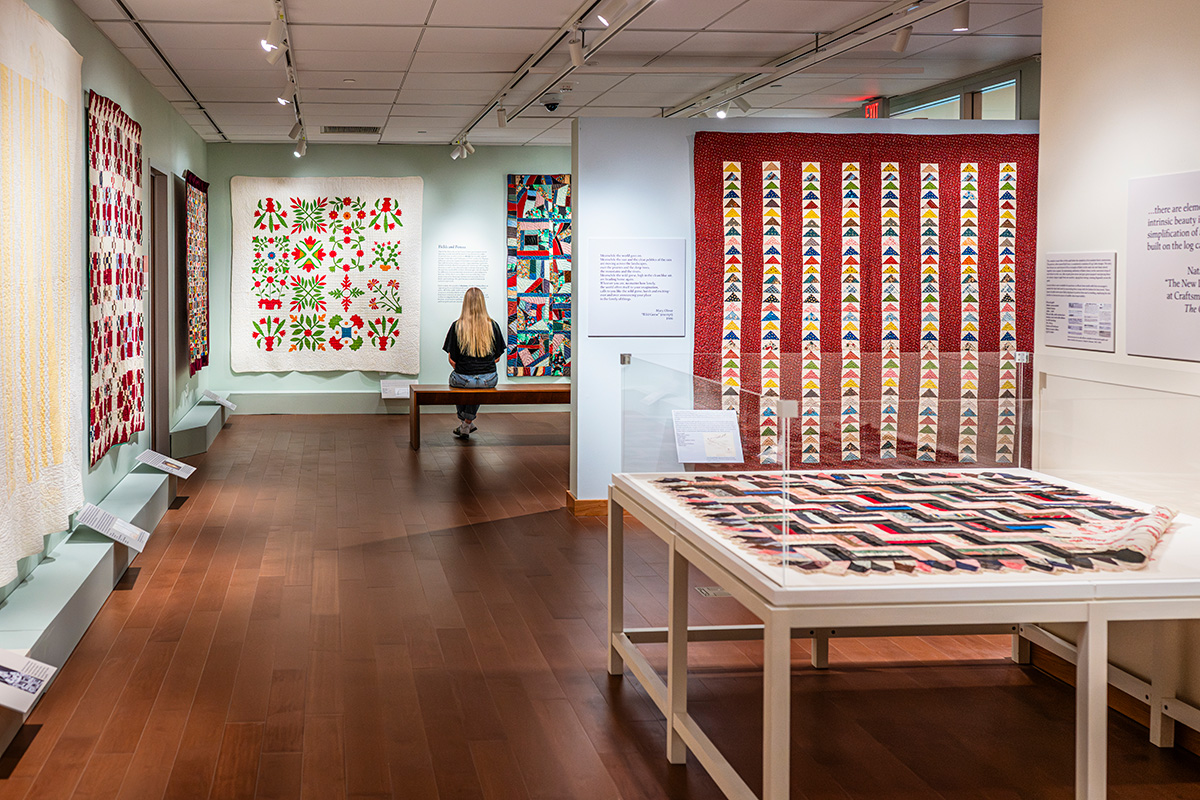
Working within the design constraints of their craft, quilters around the world create objects of distinctive beauty. Taylor Wolfram
The late Nancy Meng Bruce ’54, a School of Human Ecology alum and founding member of its board of visitors, had a passion for antique quilt collecting. This fall, two new quilt exhibitions pay tribute to Bruce and celebrate the naming of the school’s Nancy M. Bruce Center for Design and Material Culture.
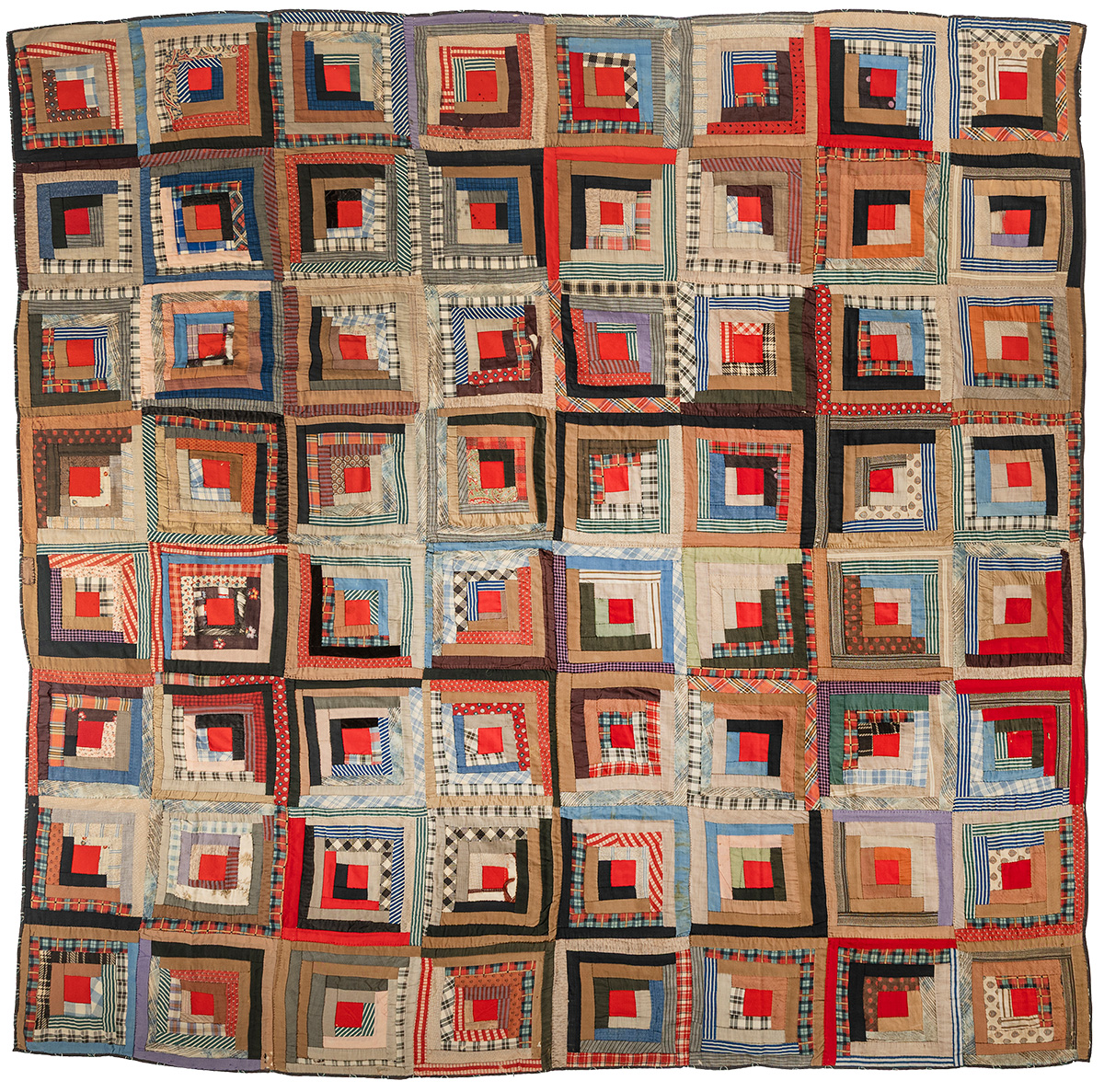
Dakota Mace (3), Courtesy of the Nancy M. Bruce Center for Design and Material Culture
Parallel Lines: Quilts and the American Landscape, which runs through May 10, displays 19th- and 20th-century American quilts from the school’s noted Helen Louise Allen Textile Collection (seven of them donated by Bruce). The exhibition explores some of the most familiar quilt forms, such as eight-pointed stars and “log cabin” blocks with cloth strips radiating outward from a central square “hearth,” as the basis for individual creativity and innovative design. It also shows how the geometric aspects of quilts echo elements of the built environment, such as farm fields and urban street grids.
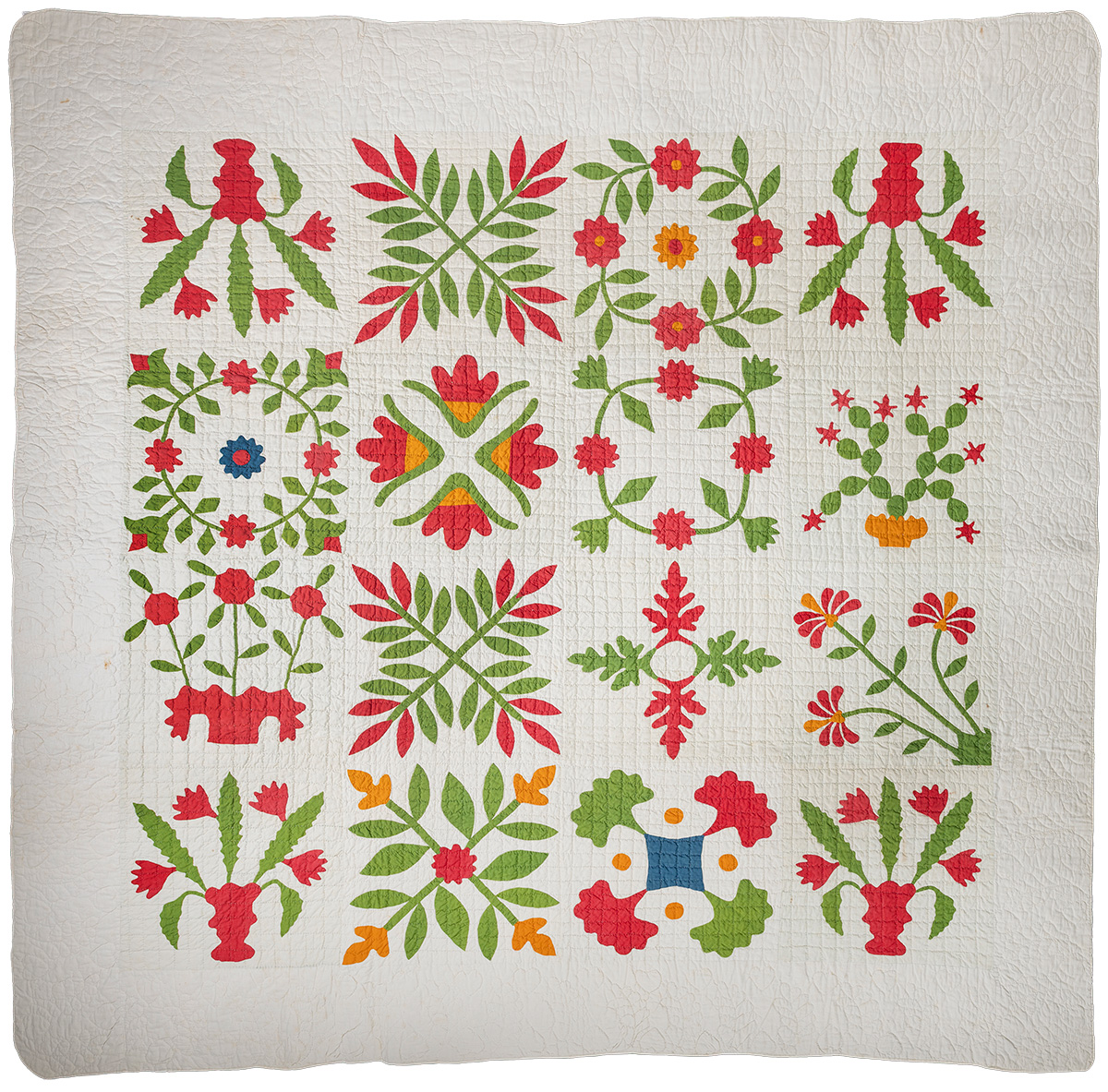
Find Your Quilt runs through March 1 in the Ruth Davis Design Gallery, which Bruce helped establish in 1990. The exhibition is an examination of quilting as an art form. It includes a bold and vibrant selection of historic quilts from around the world, drawn from the rich holdings of the Allen Textile Collection, alongside innovative contemporary quilts. The show explores how we define — and continually redefine — what quilts are, have been, and could be.

“Quilts are a fascinating form of art and craft because they show how much creativity can flourish even with constraints,” says Marina Moskowitz, a professor of design studies who curated Parallel Lines. “These constraints range from the limit of what fabric is available, to the rigid geometry of a specific quilt block pattern, to the practicalities of the space and tools available to make the quilt. So the objects in both Parallel Lines and Find Your Quilt show how quilts — past and present — are ultimately about problem-solving.”
Published in the Winter 2025 issue
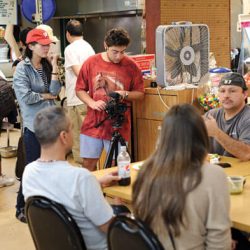

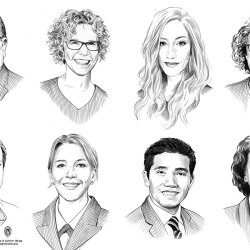
Comments
No comments posted yet.